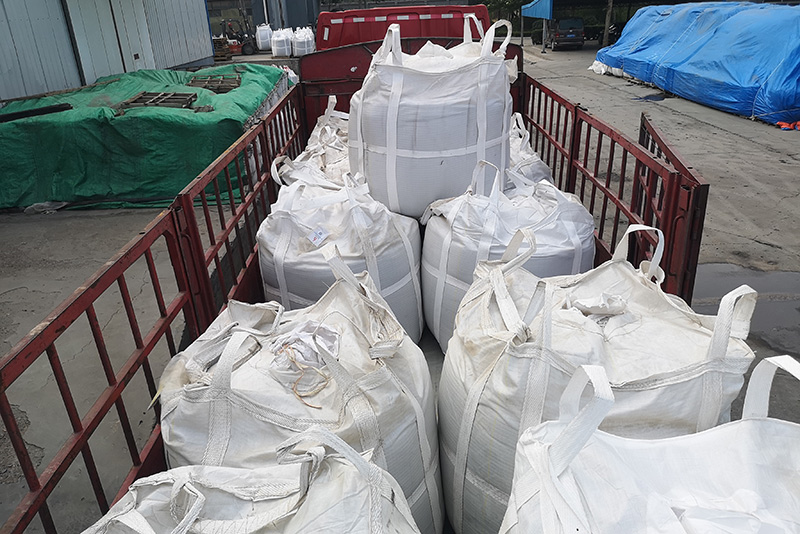The Art and Science of Sanding Ceramic A Comprehensive Guide
Sanding ceramic materials is a crucial process in both the art and industry of ceramics, providing a means to enhance the surface finish, refine shapes, and prepare pieces for glazing. The technique involves several steps and requires specific tools and materials to achieve the desired results.
Understanding Ceramic Materials
Ceramics are composed of clay and various minerals, which, when fired at high temperatures, transform into a hard, durable substance. This transformation makes ceramics ideal for a variety of applications, from pottery and tiles to advanced technological components. However, the hard surface, while beneficial for durability, can pose challenges when it comes to finishing and refinement. This is where sanding comes into play.
The Importance of Sanding in Ceramics
Sanding serves multiple purposes in the ceramic finishing process. Primarily, it helps to smooth rough edges and remove imperfections that may have occurred during the molding or firing stages. Additionally, sanding helps to prepare the ceramic surface for glazing, allowing the glaze to adhere better and resulting in a more uniform finish. By using appropriate sanding techniques, artists and manufacturers can achieve a higher quality product that not only looks aesthetically pleasing but is also functional.
Tools and Materials for Sanding
sanding ceramic

When it comes to sanding ceramics, the right tools are essential. Sandpaper is the most common tool, available in various grits ranging from coarse to fine. For initial shaping and rough surface smoothing, coarse grit (around 60-100) is used, while finer grits (320 and above) are suitable for finishing touches. Apart from sandpaper, tools such as sanding sponges and diamond hand pads can also be employed to reach intricate areas.
Water sanding, which involves using wet sandpaper, is an effective technique that helps minimize dust and reduces the risk of scratching the ceramic surface. It also helps to keep the sandpaper from clogging, prolonging its life and effectiveness. For larger projects, a sanding machine or a belt sander can significantly reduce the time and effort involved.
The Sanding Process
The sanding process typically begins once the ceramic piece has air-dried and is ready for handling. It's important to ensure that the piece is not too fragile; if it is still green (not completely dried), aggressive sanding can lead to cracks and breaks. Begin with the rough grit sandpaper to address major imperfections, using even pressure to avoid uneven surfaces. Move to finer grits gradually, ensuring that the surface becomes smoother with each pass.
Pay attention to the shape of the piece; curved surfaces may require the use of sanding sponges to reach contours effectively. Consistency is key—ensure that pressure is applied evenly across the surface to maintain an appropriate profile.
Conclusion
Sanding ceramic is an art that requires patience, skill, and the right tools. By following appropriate techniques and understanding the materials involved, one can achieve exceptional finishes that enhance the beauty and functionality of ceramic items. Whether you are a hobbyist potter or an industrial manufacturer, mastering this technique will undoubtedly elevate the quality of your ceramic creations. From the initial shaping to the final glaze, each step plays a vital role in the finished product, and sanding remains an indispensable part of that journey.
Post time:Oktoba . 13, 2024 18:18
Next:Specifications for Foundry Sand Quality and Performance Standards
